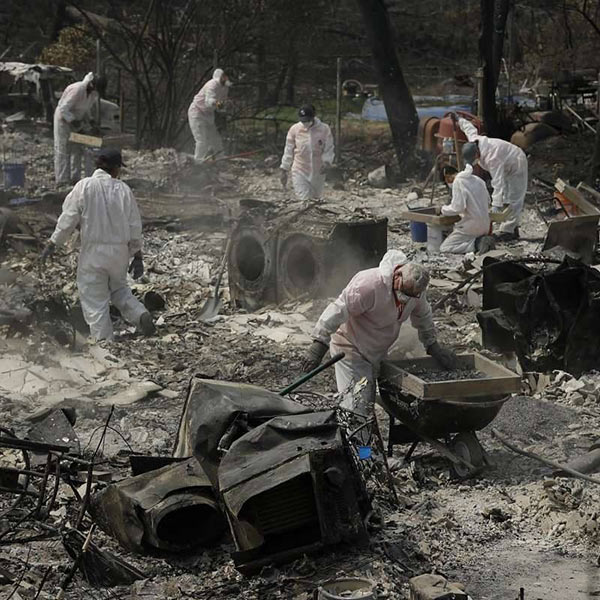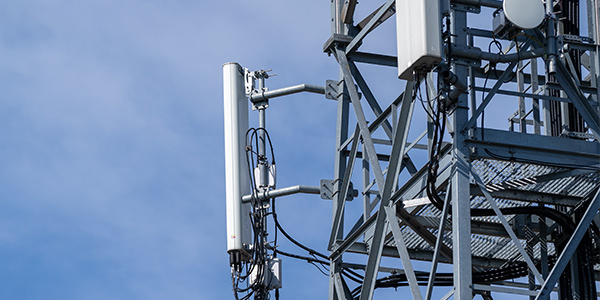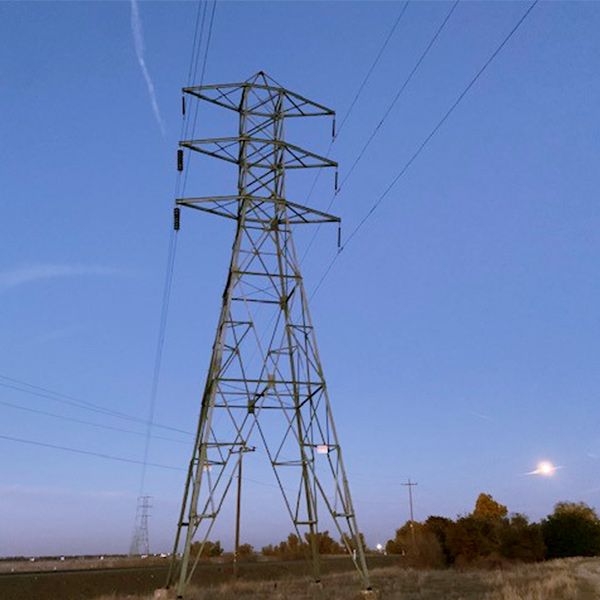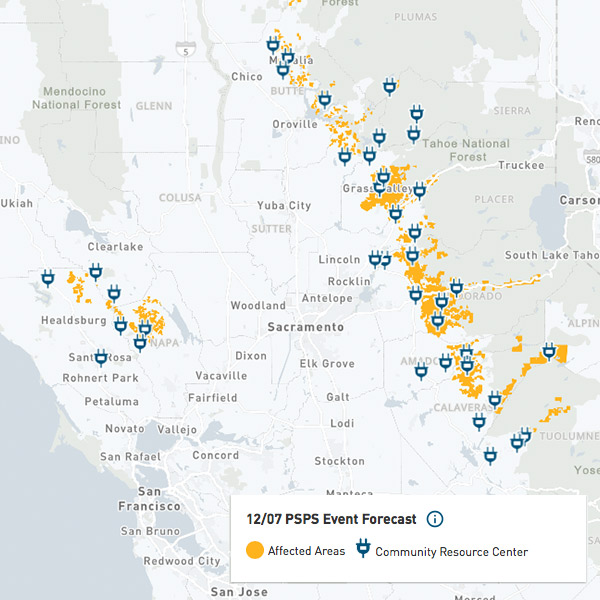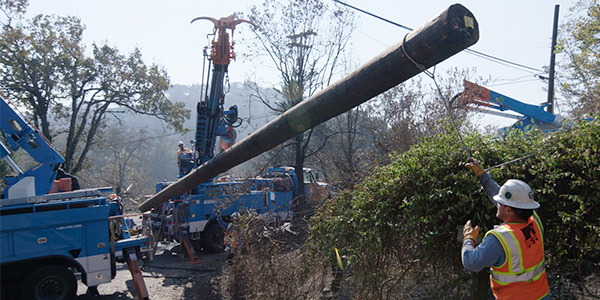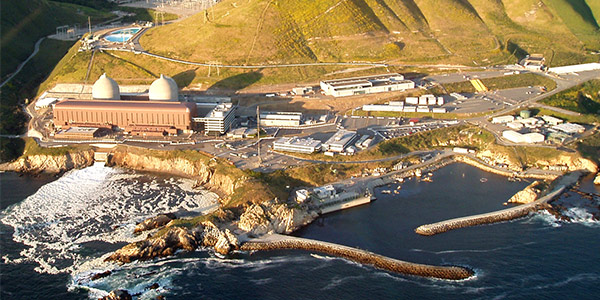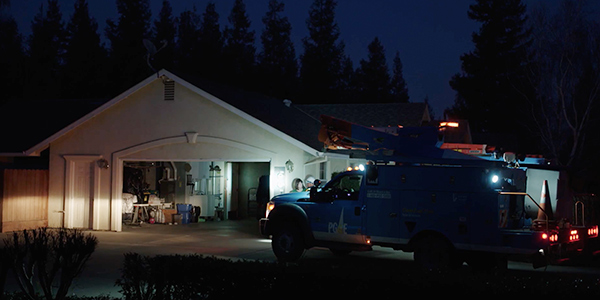Pacific Gas and Electric (PG&E)
Pacific Gas & Electric submitted its latest wildfire prevention plan to the California Public Utilities Commission as it faces threats of intense scrutiny.
PG&E has agreed to sell rights to install wireless communications equipment on 700 transmission towers to SBA Communications.
CAISO’s top priority in 2021 will be making sure there is enough generating capacity for summer after last year’s shortfalls.
PG&E canceled its anticipated blackouts after saying it might shut off power to nearly 400,000 residents to prevent wildfires.
The California PUC might implement the strict regimen of oversight and enforcement that PG&E agreed to last year as part of its bankruptcy plan.
Californians for Green Nuclear Power has updated its request that FERC overturn the planned closing of Diablo Canyon in response to criticism from NERC.
NERC urged FERC to reject a request by Californians for Green Nuclear Power to overturn the planned closing of Diablo Canyon Power Plant.
FERC rejected challenges to Order 872, which revised how it enforces the PURPA, but the commission granted clarification on several points.
CMS Energy CEO Patti Poppe will depart the Michigan-based utility to become CEO of California’s besieged PG&E, the companies announced.
PG&E acknowledged it needs to get better at notifying local authorities and customers before shutting off power to prevent wildfires.
Want more? Advanced Search
